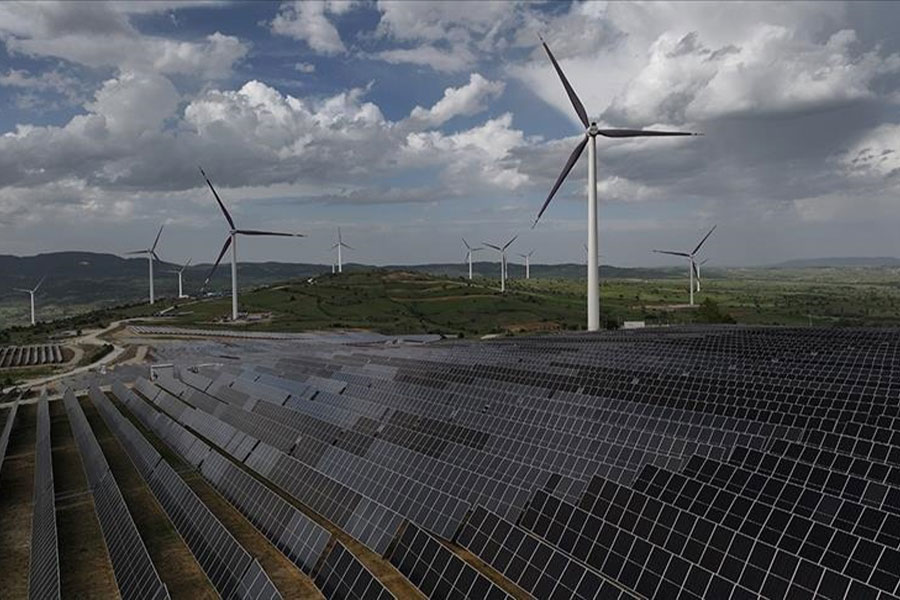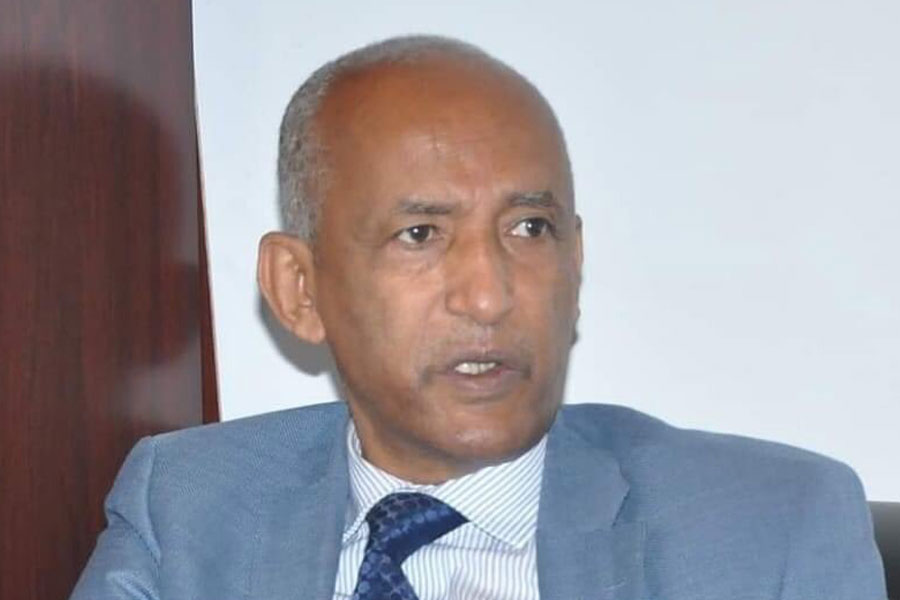Following the Fourth International Conference on Financing for Development in June, we reached a breakthrough moment. Governments, international financial institutions, and civil-society organisations, recognising the need to tackle today’s debt and development crises, are ready for action ahead of the United Nations General Assembly (UNGA) in September.
Recent reports that we each co-authored – Healthy Debt on a Healthy Planet, the Jubilee Report, and the Report on the UN Secretary-General’s Expert on Debt – along with the work of many other experts, have definitively established the severity and urgency of these intertwined crises and their devastating consequences. In 2024, developing countries paid 25 billion dollars to external creditors, more than they received in new disbursements.
That means 3.4 billion people, or more than 40pc of the world’s population, live in countries that spend more on interest payments than on health or education. As aid flows decline, climate change and nature loss accelerate, and global growth slows, the debt vulnerabilities of developing countries will only increase, as will the threats to people’s well-being, the planet, and global stability.
Not only do many recognise the severity and urgency of the problem, but they also agree on how we got here.
The global financial system is not designed to meet the needs of people and the planet. Given historical inequities and low bargaining power, developing countries consistently face high borrowing costs and uneven incidence of prudential regulation. Without measures to ensure transparency, accountability, and strategic investment planning, borrowing and lending policies have failed to mobilise the productive investments that drive sustainable growth.
Capital flows are highly volatile, with money flooding into developing countries during booms and flooding out in the wake of shocks. Meanwhile, the laws and policies governing debt restructurings have long encouraged delay rather than resolution.
The situation has only worsened in recent years. In response to COVID-19, the countries that could afford to spend huge amounts to support their citizens did so, but the lack of a global safety net meant that developing countries could do nothing of the kind. While new allocations of the International Monetary Fund’s (IMF) Special Drawing Rights (the Fund’s reserve asset) helped somewhat, they were insufficient.
Recent efforts to address debt distress, such as the G20 Common Framework, have fallen drastically short. Restructurings continue to move slowly and remain opaque, with outcomes determined mainly by differentials in bargaining power between countries and their creditors. And restructuring now requires coordination among a wider array of players, including the Paris Club of sovereign creditors, newer bilateral lenders such as China, and increasingly private creditors. This makes restructuring processes even more complicated.
Even when relief comes, it often arrives too late and achieves too little.
Given the complexity of the crisis, there is no silver bullet. Nor are we at any loss for effective, practical solutions. To attack root causes, we should accelerate efforts to reform how the World Bank and IMF conduct debt-sustainability analyses. The current approach is not inclusive, does not account fully for climate- and nature-related risks, and does not consider the use of funds. Addressing these and other issues might seem technical, but the impact would be significant.
For too long, flawed frameworks have held back the kind of productive borrowing that is needed to improve human capital, increase infrastructure investment, and strengthen climate resilience.
At the same time, there is a strong case for creating new structures and institutions, starting with a Borrowers’ Club. Since lenders have been coordinating for decades, borrowers can hope to compete only if they do the same. Such coordination would enhance their collective bargaining power and ensure that their interests are considered. It could also provide a platform for everything from South-South learning to technical assistance and enhanced debt management.
Past attempts at coordination among borrowers have featured a lack of resolve. But there is new momentum. We now need to move forward by establishing shared strategic goals, a governance structure, and adequate funding.
To improve the restructuring process, we also need to change the incentives for both creditors and debtors. One option is to incorporate automatic debt-service standstills into the Common Framework for countries facing unsustainable debt burdens. The IMF could also utilise its policy of lending into arrears to ensure that multilateral financing serves its intended purpose, rather than being used for the repayment of distressed bonds that require restructuring. It makes no economic sense, nor is it just, that after a devastating hurricane, scarce funds flow to remote creditors instead of to those who urgently need food and shelter.
Reforming the legislation that governs restructurings to deter holdouts should be high on the common agenda. That includes changing the “compensatory” pre-judgment interest rate in New York State for debts in arrears, which has been fixed at nine percent since 1981 (when inflation was 8.9pc), and introducing caps on recovery. It is no mystery why creditors do not currently rush to the negotiating table.
Across these key solutions of reforming debt-sustainability analyses, establishing a Borrowers’ Club, and improving the time and depth of restructuring, what matters as much as the idea is the strength of the commitment to it. In 2000, efforts by a powerful global coalition helped to deliver significant relief for low-income countries. However, today’s reality demands that we adopt much broader and deeper reforms to address the immediate crisis affecting low-income countries, as well as many middle-income countries, prevent future crises, and promote growth, job creation, and prosperity.
As we look toward the UNGA in September, we should be focused on driving progress on these practical solutions.







 Loading your updates...
Loading your updates...